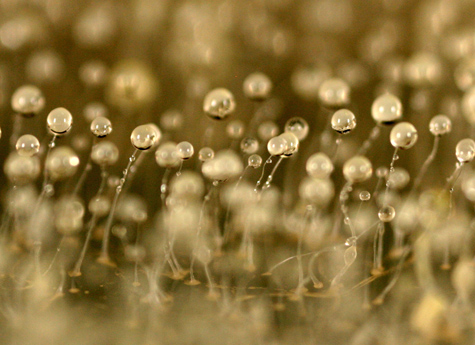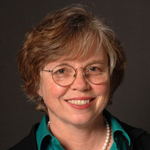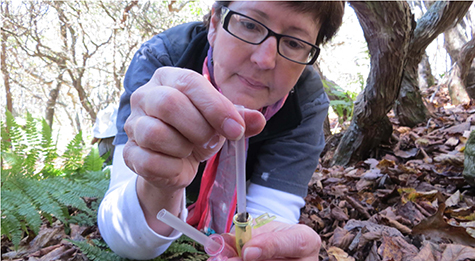
In early betting,
WUSTL’s wild Dicty are odds-on favorites to win the competition, which
is expected to include at least 20 teams.
Many of the teams have
outlined their race strategies on a
website dedicated to the experiment.
The
race is designed to attract public attention to research on single-cell
organisms and related issues of cell mobility in the human body,
including important applications for the understanding of cell migration
in wound healing, cancer and other diseases.
The race will pit
various strains of Dicty and HL60 cells, both of which are models for
studying human neutrophils, the white blood cells protecting us from
infection. Neutrophils are often perturbed during disease and there are
currently no known drugs capable of correcting their migrations.
According
the competition website, the race will require cells to navigate a
complex microfluidic maze to reach a pool of chemoattractant at the
finish line. Engineered cell lines will be shipped from labs around the
world and will attempt to complete the race course in the shortest amount of
time and with the fewest mistakes (wrong turns). Diffusion of the
chemoattractant will create a spatial gradient to guide cells along the
shortest path to the finish line. The challenge is to engineer Dicty or
HL60 cells to be both smart and fast.

While Dicty cells shine in precision, they lack speed, and while HL60 are good sprinters, they lack precision. Race organizers have invited laboratories around the world to send their fastest and smartest Dicty and HL60 cells. Cells
will compete against each other and against human neutrophils. The maze
used in the race is manufactured in the lab at the BioMEMS Resource
Center and recorded using stereomicroscope cameras.
“What we’re
trying to do here is to have the people from the biology side and the
people from the engineering side (together) so we can bring more tools
to the race,” race organizer Irimia said. “This is a way of promoting
science to the general public by saying that in science, we only know
this much, and we need to learn more to make an impact on health. With
the whole situation with science funding today, it’s an important
message to get out.”

Photo courtesy of Joan Strassmann
Research scientist Debra Brock collects soil samples that might contain wild D. discoideum clones at the biological field station in Mountain Lake, Va. It turns out that each pinch of soil hosts an ongoing psychodrama that pits farmers and their hired guns against crop thieves.